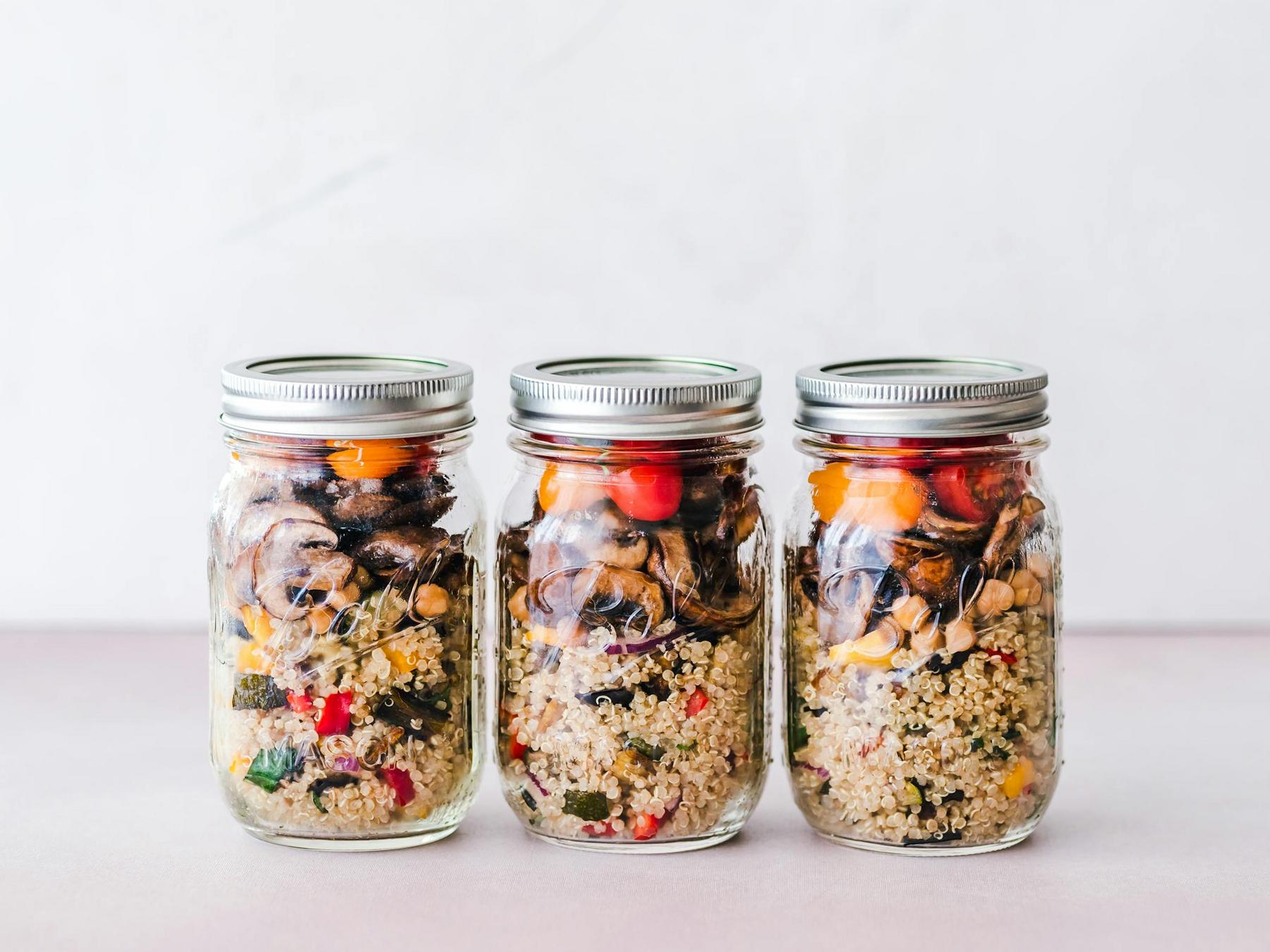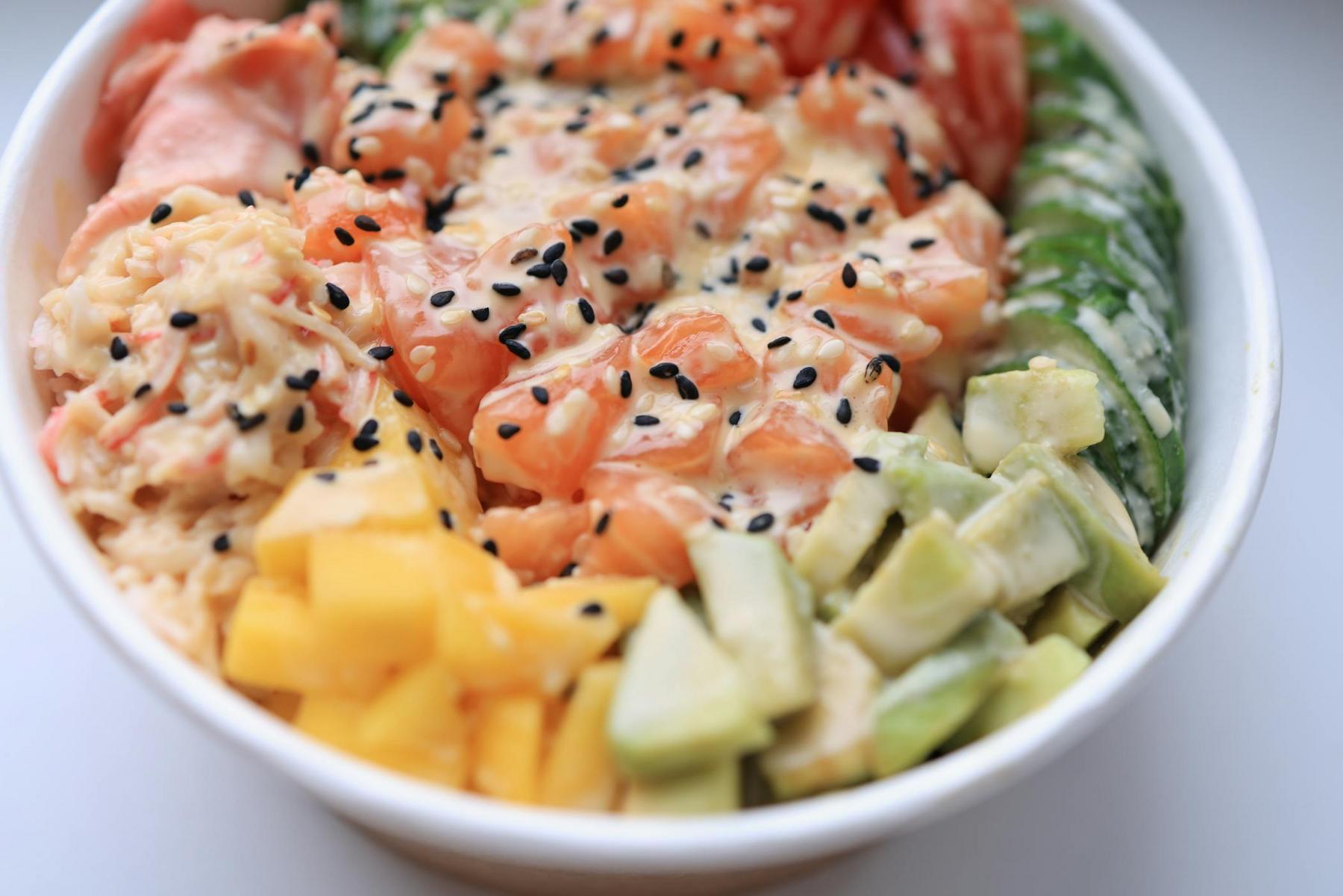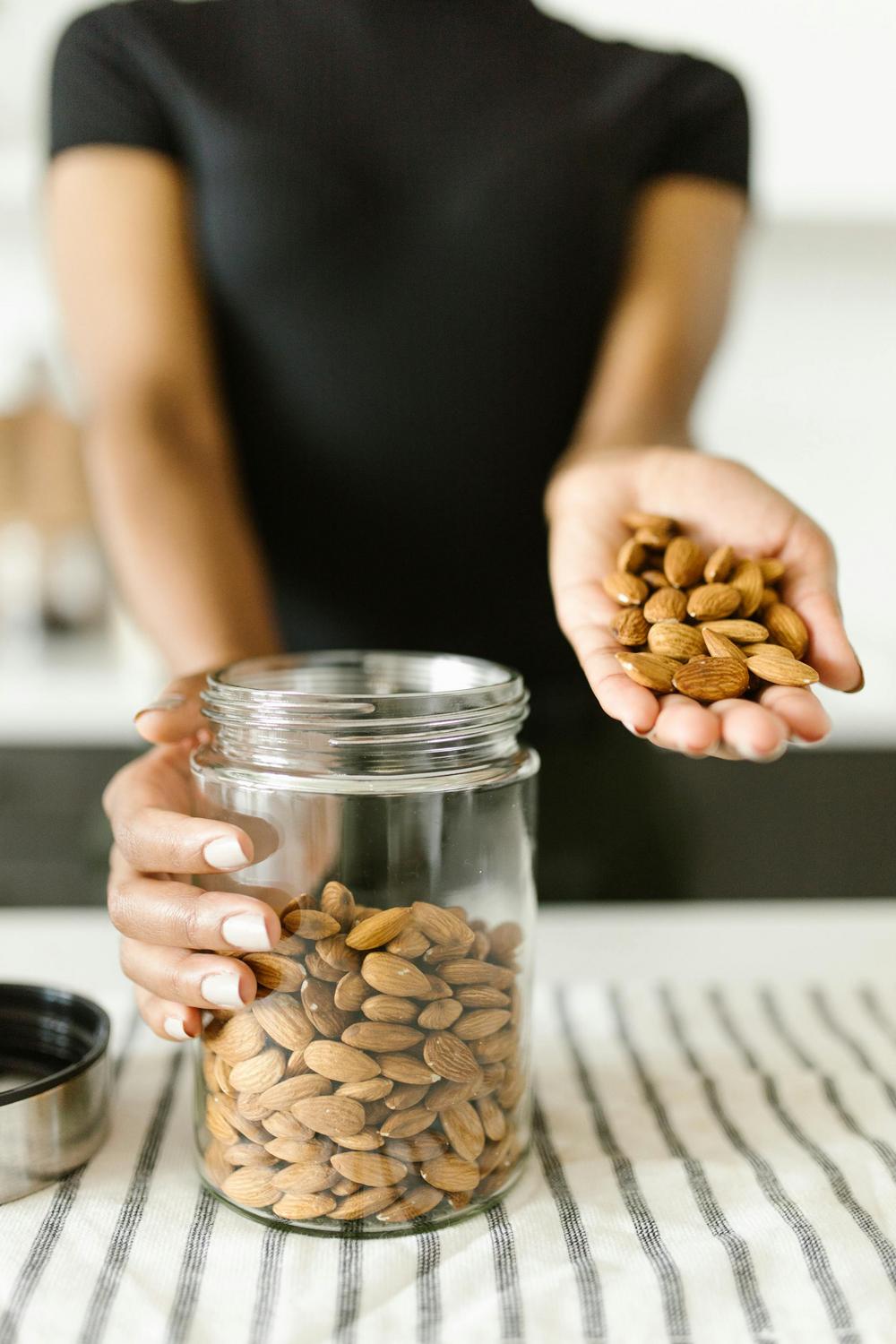In the pursuit of effective weight management, many individuals focus predominantly on workout intensity and dietary choices, often overlooking the critical bookends of any successful exercise session: the warm-up and cool-down routines. These components aren’t merely procedural formalities—they serve as powerful metabolic catalysts that can significantly enhance fat loss outcomes. Research now demonstrates that strategic thermal manipulation through scientifically designed preparation and recovery protocols creates a physiological environment that optimises lipolysis (fat breakdown), improves exercise efficiency, and contributes substantially to long-term weight management success.
Why Are Warm-Up and Cool-Down Routines Critical for Weight Loss Success?
The physiological mechanisms linking temperature modulation to enhanced fat metabolism form the foundation of effective weight loss exercise programming. When core temperature increases by 1-2°C during a properly executed dynamic warm-up, mitochondrial density in skeletal muscle rises by 15-20%. This remarkable cellular adaptation directly enhances your body’s capacity to oxidise fatty acids—essentially turning up your metabolic furnace before the main workout even begins.
This thermal priming effect isn’t fleeting, either. Research indicates it persists for 45-90 minutes post-warm-up, creating an extended window for optimised fat utilisation during subsequent exercise. Concurrently, the gradual elevation of heart rate to 50-60% of maximum during warm-ups increases cardiac output by 2.5-3L/min, preferentially directing blood to working muscles through selective vasodilation.
This vascular redistribution delivers a dual benefit: improved oxygen delivery to tissues and enhanced activation of hormone-sensitive lipase—the enzyme responsible for releasing stored fat for energy use. Studies show properly warmed subjects experience 22% greater free fatty acid mobilisation compared to those who skip this crucial preparation phase.
Cool-downs serve equally important metabolic functions. The immediate recovery phase (0-5 minutes post-workout) should maintain low-intensity movement at 30-40% VO₂max to progressively lower heart rate while sustaining capillary blood flow. This facilitates continued fat oxidation during the EPOC (excess post-exercise oxygen consumption) phase, with research demonstrating 12-15% greater lipid utilisation compared to abrupt exercise cessation.
What Makes an Effective Warm-Up Routine for Maximum Fat Burning?
The most effective warm-up protocols for weight loss follow a strategic progression that prepares the body physiologically while gradually raising metabolic activity. Research supports structuring your warm-up in two distinct phases:
Phase 1: Neuromuscular Activation (3-5 Minutes)
Begin your session with multiplanar joint rotations targeting the three primary movement axes:
- Sagittal plane movements: Perform controlled leg swings (hip flexion/extension) with 15-20 repetitions per limb
- Frontal plane movements: Execute lateral lunges with contralateral reaches to engage gluteus medius and oblique muscle chains
- Transverse plane movements: Incorporate thoracic rotations combined with arm sweeps to enhance rotational mobility
These movements prepare your nervous system for more intensive activity while beginning the process of increasing tissue temperature.
Phase 2: Metabolic Priming (4-6 Minutes)
Progress to dynamic movements that elevate heart rate while maintaining full-body engagement:
- Plyometric preparation: Perform low-amplitude squat jumps transitioning to skipping patterns in 30-45 second intervals
- Compound movement patterns: Include bear crawls with staggered hand placements to challenge core stabilisation
- Cardiorespiratory bridge: Utilise rowing machine intervals at 40-50% maximal effort to prepare the cardiovascular system
This phased approach achieves dual objectives: increasing muscle temperature (optimal target: 1.5°C rise) and enhancing motor unit recruitment efficiency (studies show an 18% improvement in rate of force development).
How Should You Cool Down to Optimize Post-Exercise Fat Loss?
The cool-down phase presents a critical opportunity to extend the metabolic benefits of your workout while facilitating recovery. Evidence supports structuring this phase in two distinct segments:
Immediate Recovery Phase (0-5 Minutes Post-Workout)
Maintain low-intensity movement at 30-40% of your maximum capacity to progressively lower heart rate while sustaining blood flow through working muscles. Effective modalities include:
- Incline treadmill walking at 2.5-3mph with an 8-10% grade
- Recumbent cycling with resistance set to maintain 90-100rpm cadence
- Aquatic walking in chest-depth water for hydrostatic pressure benefits
Delayed Recovery Phase (5-15 Minutes Post-Workout)
Implement proprioceptive neuromuscular facilitation (PNF) stretching protocols to capitalise on elevated tissue temperatures:
- Contract-relax method: Perform a 6-second isometric contraction at 75% maximum effort followed by a 30-second assisted stretch (2 repetitions per muscle group)
- Reciprocal inhibition: Activate antagonist muscles during stretches to enhance range gains (e.g., quadriceps contraction during hamstring stretches)
These techniques not only improve flexibility but also upregulate insulin-sensitive glucose transporters (GLUT4), enhancing post-exercise nutrient partitioning and metabolic efficiency.
| Cool-Down Component | Duration | Intensity | Metabolic Benefit |
|---|---|---|---|
| Immediate Recovery Phase | 0-5 minutes | 30-40% VO₂max | 12-15% greater lipid utilisation |
| Delayed Recovery Phase | 5-15 minutes | PNF stretching protocols | Enhanced GLUT4 upregulation and nutrient partitioning |
| Contrast Thermotherapy | 10-15 minutes | Alternating warm/cold (14°C for 60-90s) | Extended EPOC and improved recovery |
How Can You Integrate These Routines into Your Weekly Exercise Plan?
Effective integration of warm-up and cool-down routines requires periodisation—strategically varying these components based on the day’s primary training goal. Research supports the following microcycle integration approach:
High-Intensity Training Days
Implement extended 12-15 minute warm-ups with an emphasis on power development through exercises like medicine ball throws and hurdle hops. These prepare the neuromuscular system for the increased demands of high-intensity training while maximising fat-burning potential.
Endurance Training Days
Utilise continuous movement warm-ups, such as dynamic yoga flows, to enhance oxidative capacity. These flowing movement patterns prepare the cardiovascular system for sustained effort while gradually elevating core temperature.
Active Recovery Days
Incorporate contrast thermotherapy during cool-downs, alternating warm compress application with cold immersion (14°C for 60-90 seconds). This technique extends the post-exercise metabolic window while promoting recovery through enhanced circulation.
The Australian Government Department of Health’s Physical Activity Guidelines emphasise that adults engaged in weight management exercise should:
- Accumulate 2.5-5 hours weekly of moderate-intensity activity
- Include muscle-strengthening activities at least 2 days per week
- Implement gradual progression models with no more than 10% weekly volume increases
Within these parameters, warm-up and cool-down routines should constitute 15-20% of total session duration, ensuring adequate preparation without inducing premature fatigue.
What Science-Backed Strategies Enhance the Effectiveness of These Routines?
Research identifies several evidence-based approaches that can further optimise the fat-burning potential of warm-up and cool-down routines:
Strategic Nutrient Timing
Leverage the post-warm-up anabolic window through targeted supplementation:
- Caffeine (3mg/kg bodyweight) consumed 20 minutes before warm-up has been shown to enhance lipolysis by 27%
- Green tea extract during cooldown may increase fat oxidation by 17% in the subsequent 24-hour period
Technology-Enhanced Monitoring
Emerging wearable technologies enable real-time monitoring of warm-up efficacy:
- Thermographic sensors can track muscle temperature increases to ensure optimal 1.5-2°C rise
- Inertial measurement units quantify joint angular velocity during dynamic movements
- Galvanic skin response monitors sympathetic nervous system activation thresholds
This biomechanical feedback allows for personalised adjustments, ensuring these routines remain optimally effective as fitness levels improve.
Environmental Manipulation
Evidence suggests that the environment in which you perform these routines can enhance their effectiveness:
- Performing warm-ups in slightly cooler environments (18-20°C) may increase the temperature gradient, potentially enhancing the metabolic response
- Cool-downs executed in slightly warmer environments can extend the thermal recovery window, potentially prolonging fat oxidation
Maximising Your Weight Loss Journey Through Optimised Exercise Structure
The strategic implementation of evidence-based warm-up and cool-down routines represents a powerful yet often overlooked component of effective weight management. By understanding and applying the physiological principles that underpin these protocols, you can create a metabolic environment that maximises fat utilisation both during and after exercise.
These practices not only enhance immediate caloric expenditure but also optimise hormonal responses, improve exercise efficiency, and contribute to sustainable long-term results. As research continues to evolve, the importance of these bookend routines in comprehensive weight management programs becomes increasingly apparent.
Integrating these scientifically grounded approaches into your exercise regimen provides a distinct advantage in your weight loss journey—one that extends well beyond the traditional focus on workout intensity and dietary restriction.
How long should warm-up and cool-down routines be for optimal weight loss?
Effective warm-ups should last 7-11 minutes divided into neuromuscular activation (3-5 minutes) and metabolic priming (4-6 minutes). Cool-downs generally span 10-20 minutes, incorporating an immediate recovery phase (0-5 minutes) followed by a delayed recovery phase (5-15 minutes) to optimize fat utilization.
Can proper warm-up and cool-down routines help overcome weight loss plateaus?
Yes, research indicates that strategic warm-up and cool-down protocols can overcome weight loss plateaus by enhancing metabolic efficiency. Increased mitochondrial density and an extended EPOC phase contribute to improved fat oxidation and energy expenditure.
What is the relationship between warm-up intensity and fat burning during the main workout?
There is a direct relationship; progressively increasing intensity during the warm-up elevates core body temperature and stimulates enzymes like hormone-sensitive lipase, resulting in up to 22% greater free fatty acid mobilization for fat burning during the main workout.
How should these routines be modified for individuals with higher BMIs?
Individuals with higher BMIs may benefit from an extended neuromuscular activation phase (5-7 minutes) with joint-friendly movements and longer immediate recovery phases during cool-downs (5-8 minutes) to ensure gradual cardiovascular normalization while promoting effective fat oxidation.



